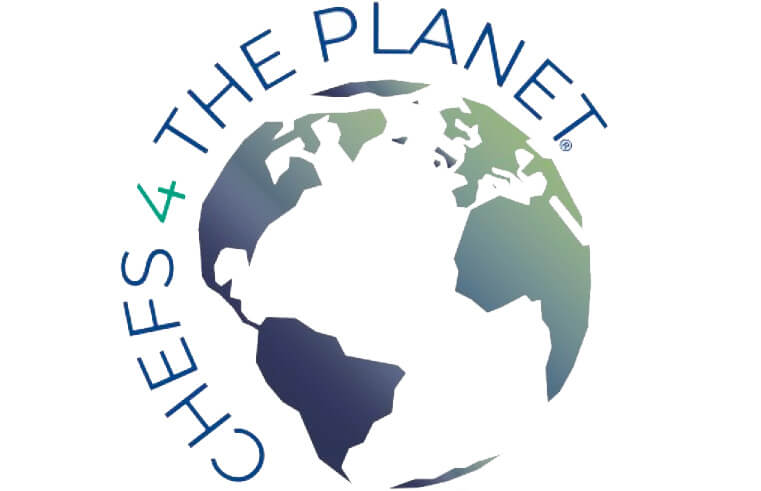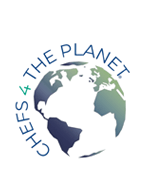This post is also available in: Spanish
The rate at which new diseases are appearing among animals is going up, as is the rate at which these diseases are jumping from other animals to humans. A recent report from the UN Environment Program (UNEP) and the International Livestock Research Institute (ILRI) looks at why this is happening, to inform new health policy being formed in to confront the risks of future pandemics.
According to the U.S.’s National Institutes of Health, zoonotic diseases, which are diseases that come to humans from other animals, account for 65 percent of all infectious diseases as well as 75 percent of emerging infectious diseases – diseases that were previously unknown, such as Zika, Ebola, SARS and COVID-19.
The new report, titled “Preventing the next pandemic: Zoonotic diseases and how to break the chain of transmission,” points to seven specific ways humans are driving these numbers, largely having to do with food and agriculture: humans’ increasing demand for animal protein, unsustainable agricultural intensification and changes in food supply systems. Those trends are largely occurring in the middle and low-income countries of South Asia and Sub-Saharan Africa where there has been significant demographic growth as well.
“Unless we get to the root causes of these emerging diseases, we will continue to see more and more of them, and, by probability or statistics, almost certainly one of them is going to be worse than COVID,” says the report’s lead author Delia Grace, a senior epidemiologist and veterinarian at ILRI.
The demand for meat has stimulated the intensification and industrialization of animal production, says the report, which has yet more knock-on effects. Factory farming results in large numbers of genetically similar animals kept in close proximity to each other, therefore becoming more vulnerable to infection.
The report also expounds how humans obtain zoonoses from other animals indirectly, such as through eating infected animals. The growing commercialization and consumption of wildlife therefore becomes another complex part of the problem, spurred by development and urbanization.
When the human population was lower and rural areas were less connected to cities, wild meat was consumed more sustainably.
But as logging and mining roads are cut into previously untouched environments, says Grace, “they also form a way of getting this wild meat, which would have been previously eaten locally and to a limited extent, to growing cities, where it is often considered exotic, or a status symbol. People will pay more for it, and that’s of course very attractive for people living in poverty.”
Some 6 million tons of wild animal meat are already harvested every year in Latin America and Africa alone, says the report. Because of this shift in food systems, Grace says, “things are dramatically different in ways that are likely to foster the emergence of new diseases.”
Concurrently, new settlements and infrastructure are pushing people and livestock into wildlife habitats, not only bringing humans into contact with the wild animals that host dangerous pathogens but resulting in a major loss of biodiversity as well.
Read more : How are farmers responding to COVID-19?
As biodiversity in these areas then decreases, a process called the ‘dilution effect’ kicks in, in which viruses begin to spread more quickly within a single species, as there are less other species to ‘dilute’ infection.
Forested tropical regions with high biodiversity are often habitats for many of the source species of infectious disease pathogens, including animals such as chimpanzees and gorillas as well as bats, rats and insects. These areas, says Thomas Gillespie, a disease ecologist at Emory University, are “where we expect the highest risk of disease spillover, both because those are places where the novel pathogens occur in nature and also where the demand for animal protein is increasing.”
Climate change and increased travel and transportation are also fueling new zoonoses. “None of these pathogens recognize international boundaries,” Gillespie says.
The report also advocates preventing and responding to disease outbreaks by bringing together medical, veterinary and environmental expertise, which a number of global organizations including the World Health Organization and different agencies of the U.N. have unified behind as the One Health approach.
“It’s breaking down the silos, when you consider the biologically significant processes that are occurring, as well as the cultural processes that are leading to pathogens jumping between species, as well as how those pathogens can then spread once they make the jump,” says Gillespie. “You’re really dealing with the need to integrate our understanding of human disease, animal disease, and how the environments that we live in and share are either contributing to that, or can prove to be solutions.”
Read the original article here: https://news.globallandscapesforum.org/46050/preventing-future-pandemics-could-depend-on-sustainable-food/


